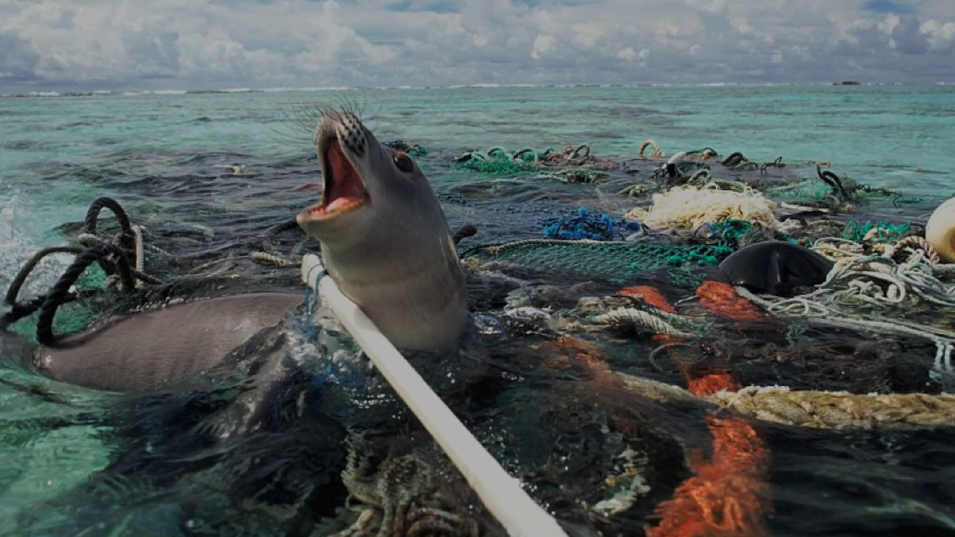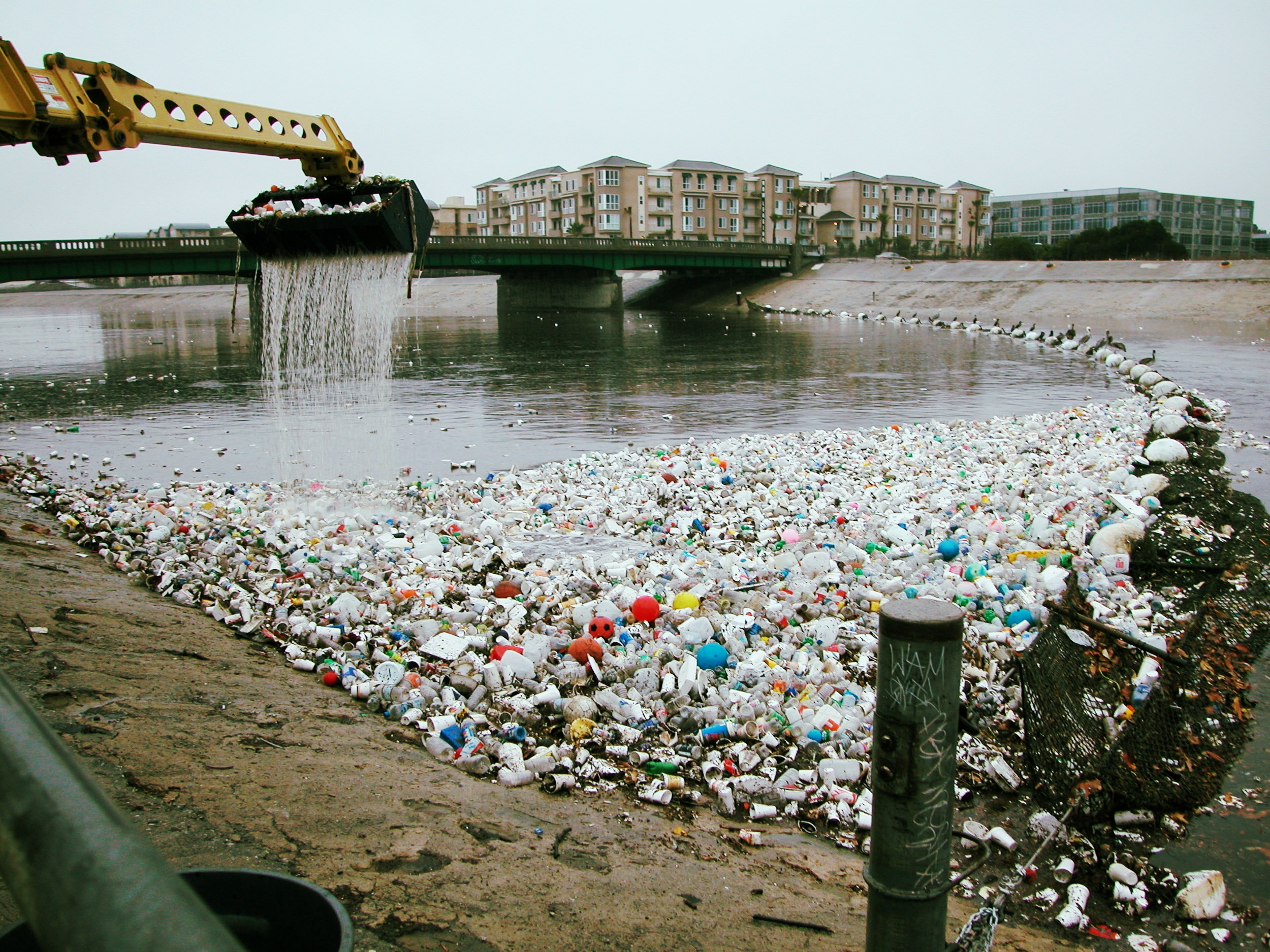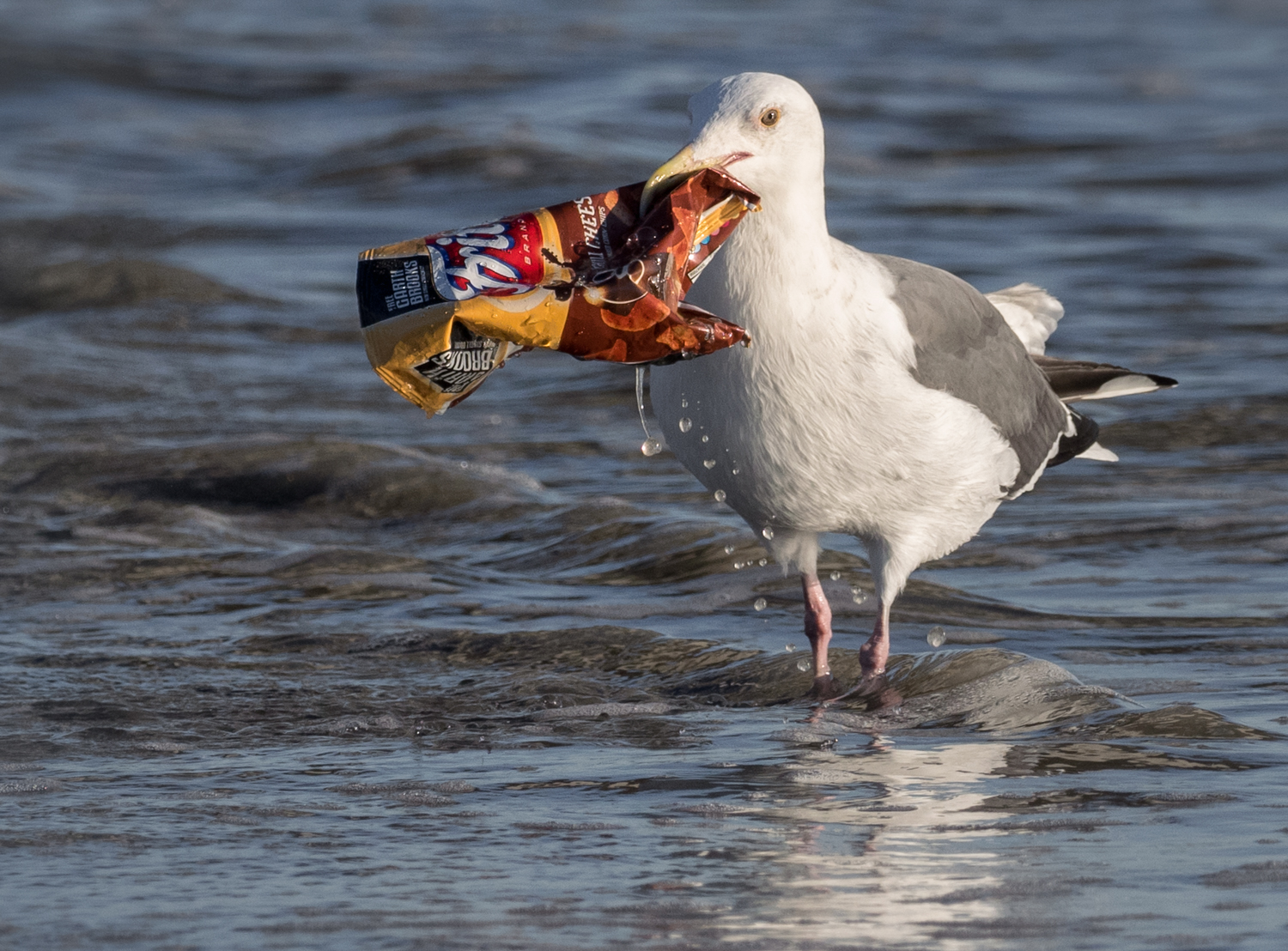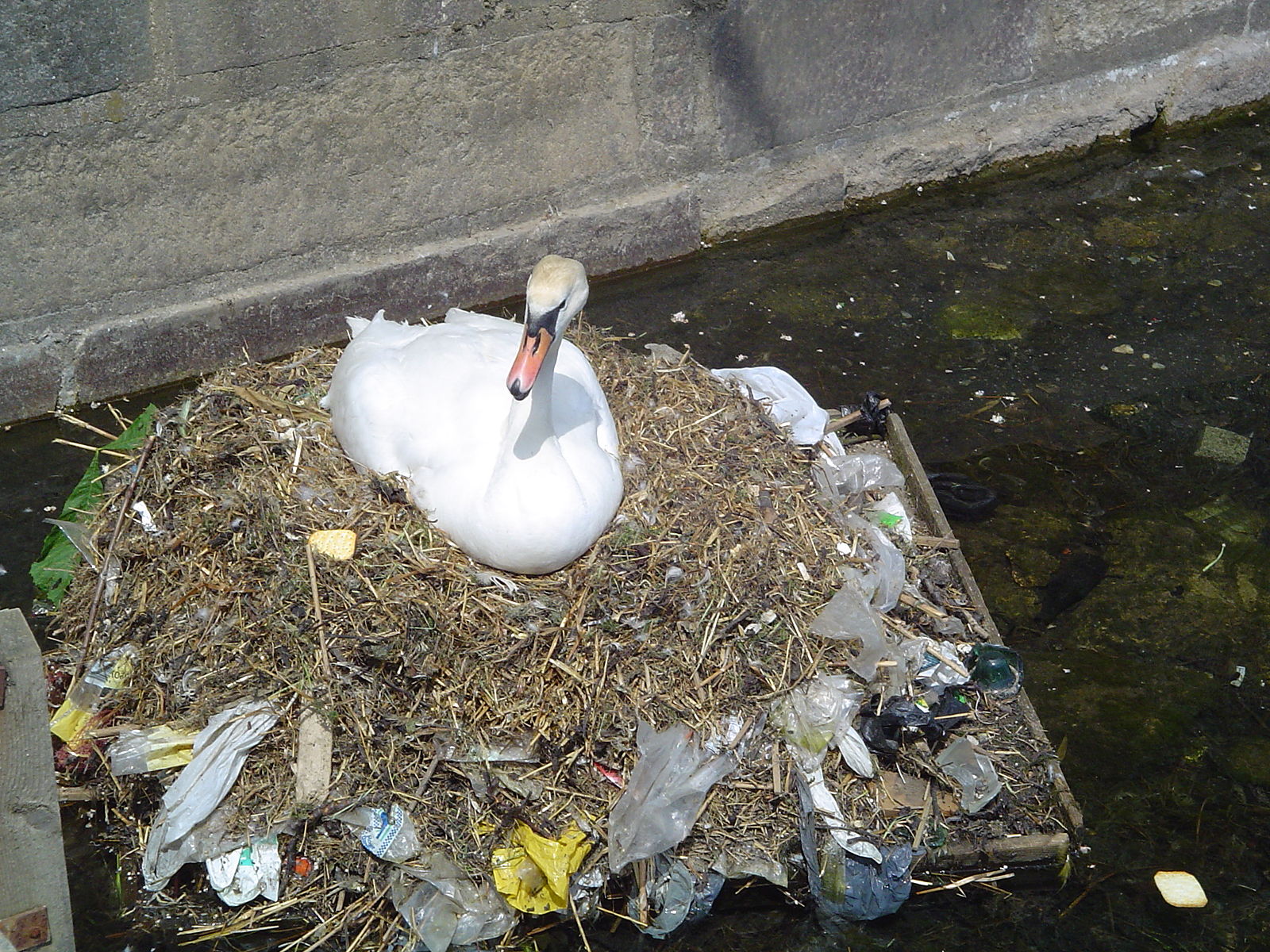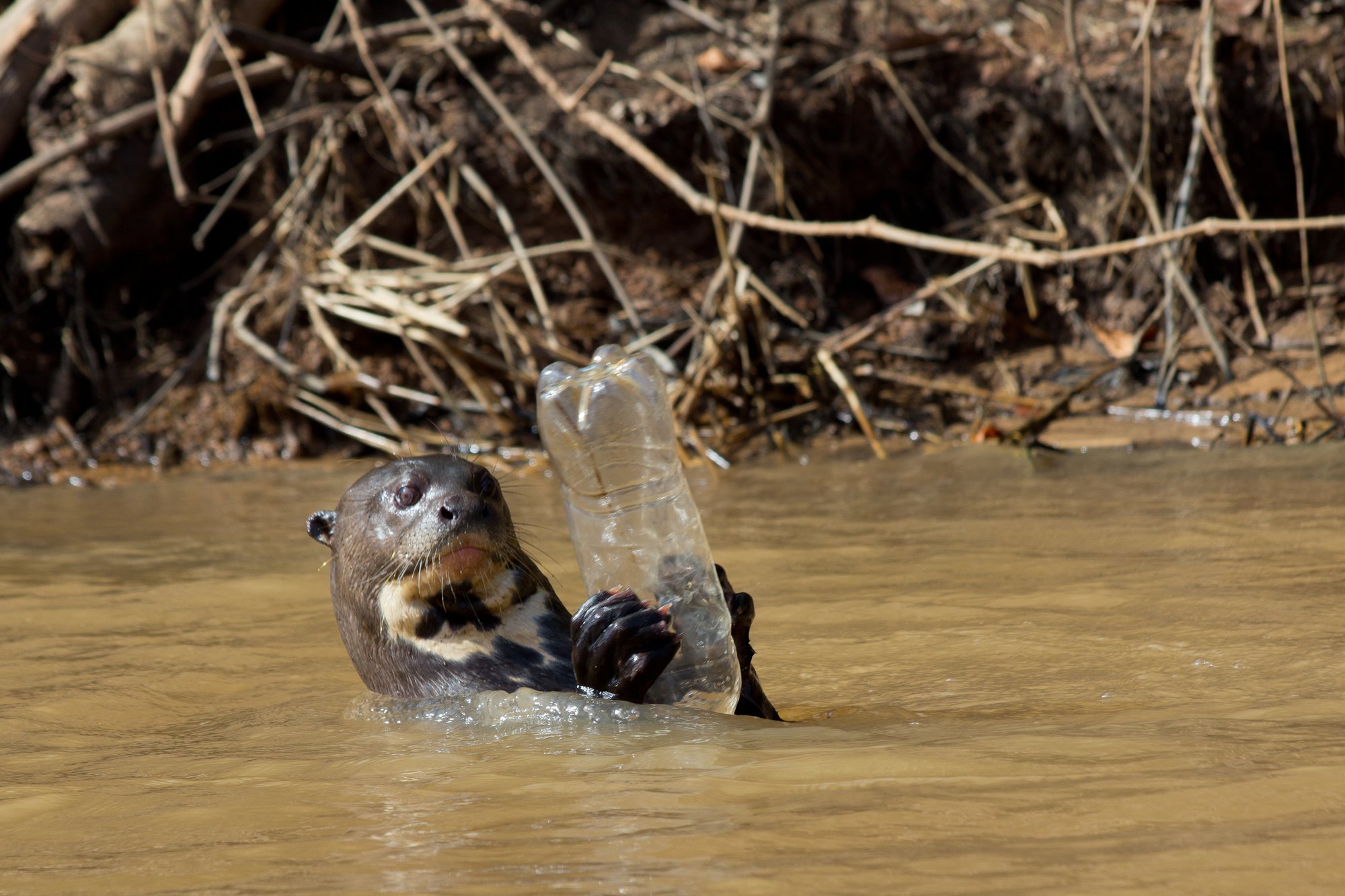I Launched Earth Week at Work to Raise Awareness About Plastic Pollution
In honor of Earth Day, and after hearing that The Great Pacific Garbage Patch is now three times the size of France, I launched Earth Week at work to increase plastic pollution awareness and challenge coworkers to reduce their single-use plastic footprint.
Every day I come across a story about the harmful effects of plastic pollution, especially on marine life—from dead whales found with plastic bags and other waste in their stomachs, to sea turtles entangled in or choking on plastic, to dead sea birds with plastic items in their stomachs. Just take a look at this Huffington Post article that shows the heartbreaking photos of what our plastic trash does to animals.
With my office so close to the beach, and seeing how much single-use plastic my coworkers use on a daily basis, I knew I had to speak up. I approached my office manager, presented the facts below, and proposed that for the week leading up to Earth Day (April 16-20), we should replace all single-use plastic kitchenware with eco-friendly, biodegradable alternatives (e.g., wooden cutlery, sugarcane pulp tableware, and paper straws) and encourage employees to bring reusable water bottles and mugs.
Our Planet is Drowning in Plastic Pollution
THE FACTS
According to a World Economic Forum report, it’s estimated that there will be more plastic than fish in our oceans by 2050
Each foot of coastline contains 5 plastic bags
More than 8 million tons of plastic trash flow into the oceans every year
50% of the plastic we use is used only once and then thrown away
The plastic we use and throw away each year is enough to circle the earth 4 times
The average American throws away approximately 185 lbs. of plastic per year
More than 1 million bags are used every minute
It takes 500-1,000 years for plastic to degrade
Billions of pounds of swirling plastic like The Great Pacific Garbage Patch make up 40% of the world’s ocean surfaces.
80% of pollution enters the ocean from the land
Nearly 300 million tons of plastic are produced each year, half of which is single-use plastic
Over the last 10 years, we have produced more plastic than in the entire last century
We currently only recover 5% of the plastic we produce
IT HARMS MARINE ANIMALS
According to the National Park Service, Americans use 500 million plastic straws daily, which marine animals end up ingesting
In 2015, this video of scientists removing a straw from an endangered sea turtle’s nose went viral. This turtle became the poster child for the devastating effects of plastic pollution.
Whales are dying from toxic levels of plastic-related pollution
1 million sea birds and 100,000 marine mammals die each year because of plastic in our oceans
An estimated 52% of the world’s sea turtles have eaten plastic debris
Sea turtles often mistake plastic bags for jellyfish—a popular food for many sea turtle species.
Contents of a South Georgian albatross’ stomach showed that the bird was likely fed plastic bags by its mother
IT GETS INTO OUR FOOD CHAIN (WE’RE EATING PLASTIC, TOO)
Studies found microplastics in sea salt from the U.S., Europe and China
If you eat fish, you’re eating plastic, too. Fish not only eat plastic, they’re attracted to it because when plastic mixes with salt water and disintegrates, it smells like krill, which they eat.
Billions of people are drinking water contaminated by plastic particles, with 83% of samples found to be polluted.
In the U.S., 94.4% of tap water samples contained plastic fibers.
Even beer was found to contain plastic particles, according to a study that tested 24 brands of beer
Be a Good Example on Earth Day and Every Day
Out of sight, out of mind. This is the problem we face as humanity, because what we don't see can hurt us. Soon, plastic pollution—or the amount of waste we produce overall—will become a problem too big to ignore and deny...unless we each do our part no matter how small it might seem. Plus, the more you reduce your plastic footprint, the more you lead by example, whether it's planting the seeds in people's minds or inspiring them to immediately change their habits to reduce their single-use plastic footprint.
Earth Day doesn't have to be just one day a year. We can honor it every day by making personal choices that help our planet and the life it sustains, including ours.

